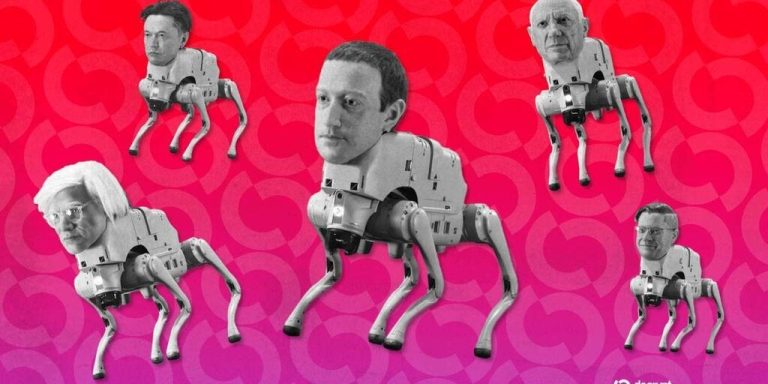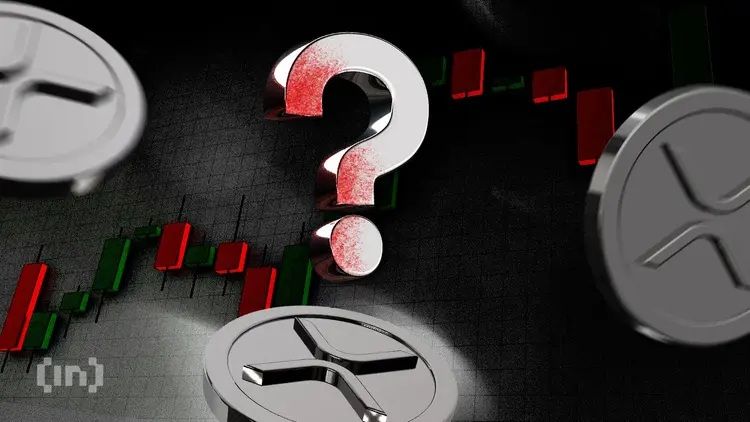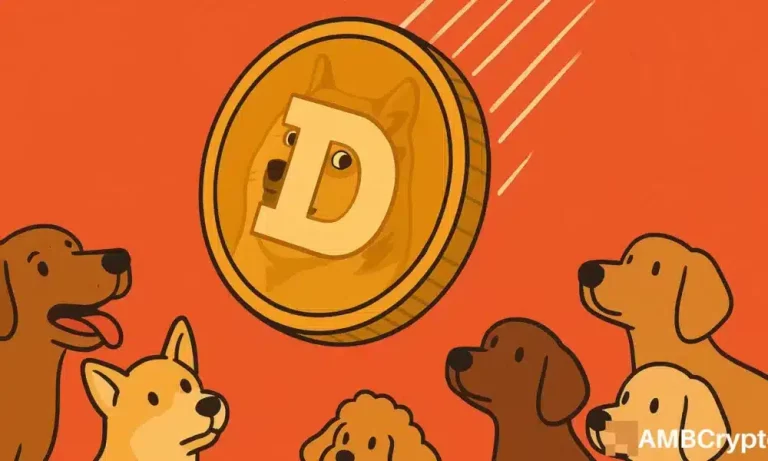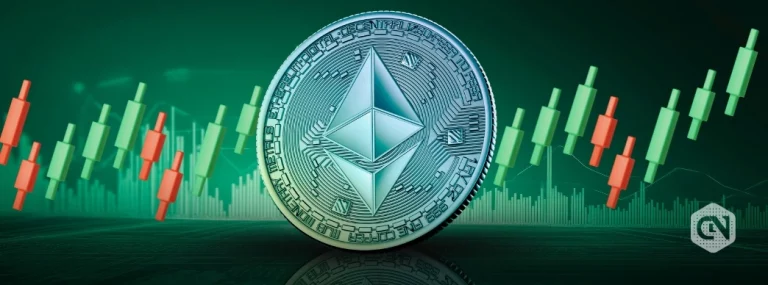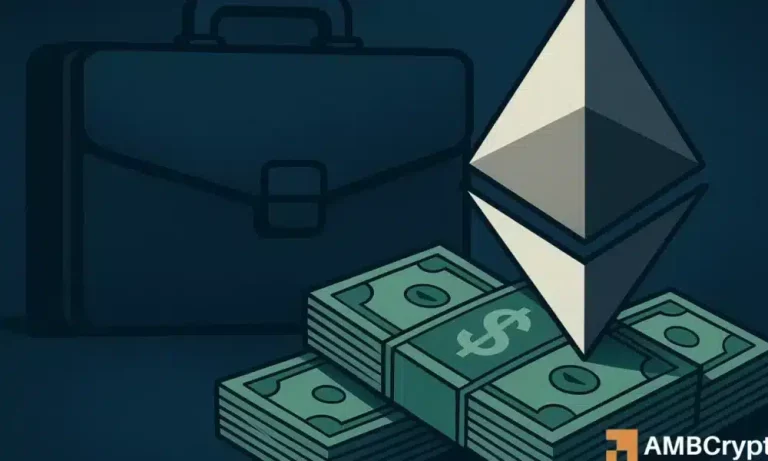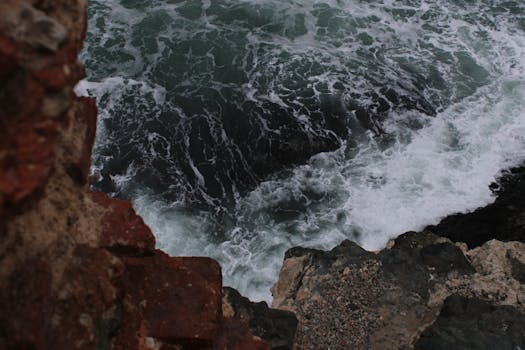
Exploring the World of Virtual Reality Art Installations
Takeaways: Virtual reality art installations are revolutionizing the art world by providing immersive experiences that engage audiences in unique ways. Artists are using VR technology to push the boundaries of creativity, allowing viewers to interact with art in ways that were previously unimaginable. This article explores the significance, impact, and future of virtual reality in the realm of art.
Virtual reality (VR) has transcended its initial applications in gaming and entertainment, carving a niche for itself in the art world. As artists increasingly adopt this innovative medium, virtual reality art installations are emerging as a powerful form of creative expression. These installations not only captivate audiences but also invite them to engage with the artwork on a deeper, more personal level.
The Rise of Virtual Reality in Art
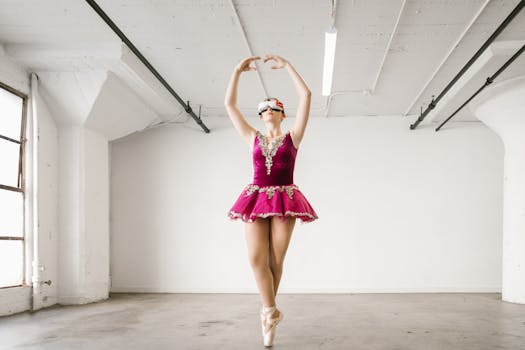
Artists such as Marina Abramović and Olafur Eliasson are at the forefront of this movement, using VR to challenge perceptions and create experiences that resonate on an emotional level. For instance, Abramović’s installation, “The Life,” invites participants to engage in a meditative experience, while Eliasson’s work often explores themes of nature and perception through immersive environments. These artists demonstrate that VR is not just a tool for entertainment, but a medium through which profound artistic statements can be made.
The Impact of VR Art Installations
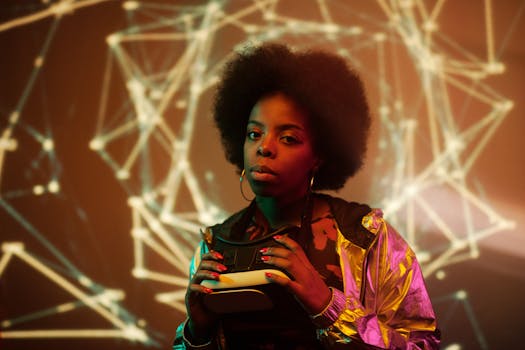
Moreover, VR art installations foster a sense of presence and immersion that traditional art forms cannot replicate. Viewers can explore virtual spaces, interact with the artwork, and even influence the environment around them. This interactivity creates a personal connection between the viewer and the art, making the experience more memorable and impactful.
Additionally, VR allows artists to push the boundaries of their creative expression. They can create entire worlds that defy the laws of physics and reality, offering a playground for imagination. This freedom enables artists to explore complex themes and narratives in ways that traditional mediums may limit.
The Future of Virtual Reality Art Installations

Moreover, collaborations between artists and technologists are likely to increase, leading to innovative projects that blend art, science, and technology. This interdisciplinary approach will further enhance the quality and scope of VR art installations, making them an integral part of the contemporary art landscape.
In conclusion, virtual reality art installations represent a significant shift in how we perceive and interact with art. They offer immersive experiences that engage audiences on multiple levels, allowing for deeper connections and interactions. As more artists embrace this medium, we can expect to see exciting new developments that will challenge our understanding of art and creativity. The future of art is undoubtedly virtual, and we are only just beginning to explore its possibilities.

